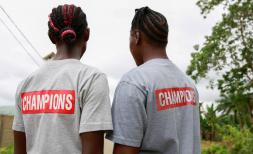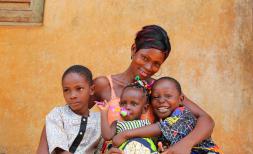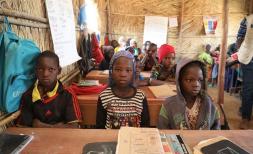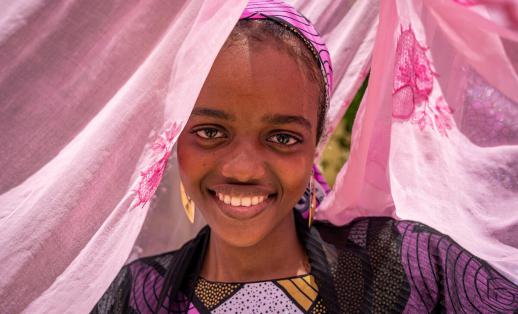Child participation and not just youth, must be at the heart of evolving education

Adults and institutions are not listening to children. We have witnessed how the voices of children (under 18s) have been largely absent so far in high-level discussions and decision-making on education. We will only be successful in transforming education if the process is an inclusive one, which includes children. They know how valuable a quality, safe and inclusive education is to their futures. As leaders decide which actions must be prioritised, it’s more important than ever to put children’s perspectives and demands at the heart of those decisions by ensuring they are part of robust and meaningful national and global conversations on education.
What is children’s participation and why is it important?
Generally, children are rarely consulted about their feelings, fears, expectations, and proposals, which is an indicator of how much progress remains to be done. Forums and formats, usually developed by adult perspectives, must be re-thought so that under 18s (including young children) can be active protagonists of our societies. Language that is adapted to their age and level of development and child-friendly formats are central for them to be able to get involved in processes and events.
Governments have a duty to ensure child participation under Article 12 of the Convention on the Rights of the Child (CRC) – the child’s right to be heard – which is the fundamental tenet for children’s participation.
Save the Children believes children’s participation is not solely an activity or an event, but rather a core principle that informs our organisational behaviour. We know we don’t always get this right and are constantly learning. It is a set of civil rights to be fulfilled, a principle to be applied and a means to fulfil other rights.
Alongside our partners, we published A COP Fit For Children: How to support children’s participation and also The Nine Basic Requirements for Meaningful and Ethical Children’s Participation (available in multiple languages and includes min-guides for moderating and planning events with children). We strongly encourage all stakeholders involved in making decisions on children's education to put these requirements into action.
Youth and children’s perspectives are not the same
We welcome efforts to include youth’s perspectives in high-level discussions and decision making process to date, however, youth are typically aged 18-25 (and sometimes up to 35). Their experiences and perspectives of education will be very different from children who are currently in education systems that have been affected by the pandemic and other crises and challenges. Children will also have different thoughts and needs in terms of engaging meaningfully.
"Children with less resources have found it very difficult to access education", Paula from Colombia.
In response to the learning and wellbeing needs of under 18s – we must hear directly from them!

What do children demand?
Last year we heard from 42 children across 11 countries about how the pandemic had affected their learning and their demands for better education. We have also surveyed 8,000 children affected by crisis with a majority telling us that education was their top priority over other basic needs, such as food, healthcare, water and shelter – this is likely a result of a lack of good learning opportunities in emergencies. We are working to ensure children’s voices and opinions are heard.
We call upon the UN Deputy Secretary General, UNESCO, national governments and all stakeholders involved to:
Enable the full, equal, and meaningful participation of all children and youth in national consultations, Action Track dialogues, and other preparatory processes ahead of high-level events on education. This includes ensuring equal access to child-friendly information.
Listen fully to the views and perspectives of children and youth and commit to reflecting their priorities and proposals into commitments that are made.
Ensure children and youth from diverse backgrounds, particularly the children most impacted by inequality and poverty have equal opportunity to participate.
Consult with children and revise the Youth Declaration so that it is a Child and Youth Declaration representative of the perspectives of both children and youth.
Include child and youth delegates as part of official delegations at education events, ensuring their full and equal participation and voice and enabling them to engage meaningfully in decision making processes.







